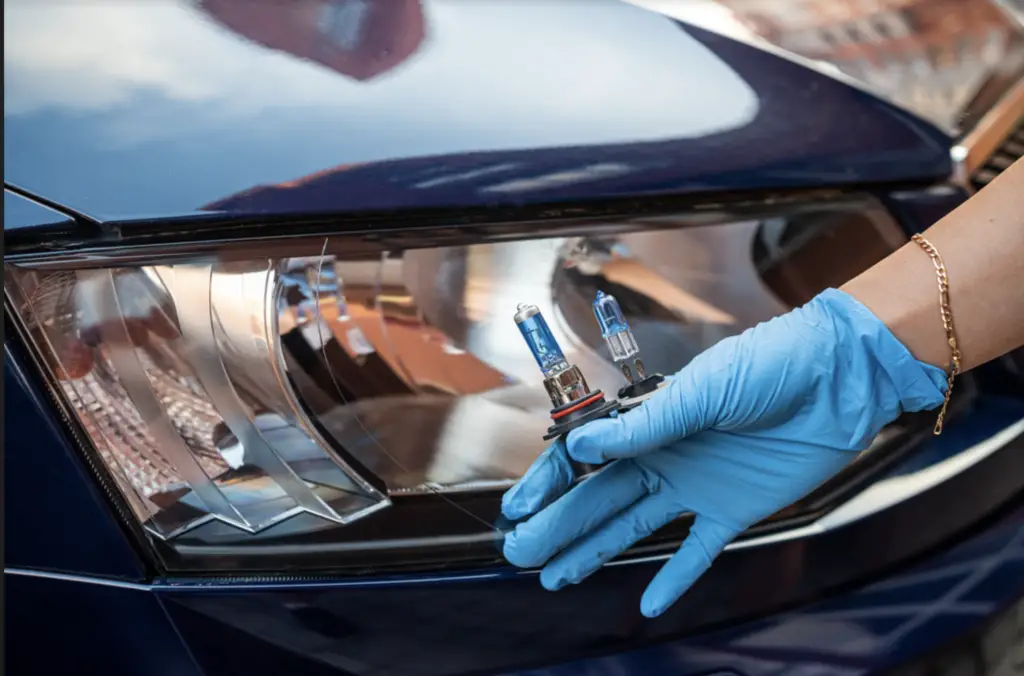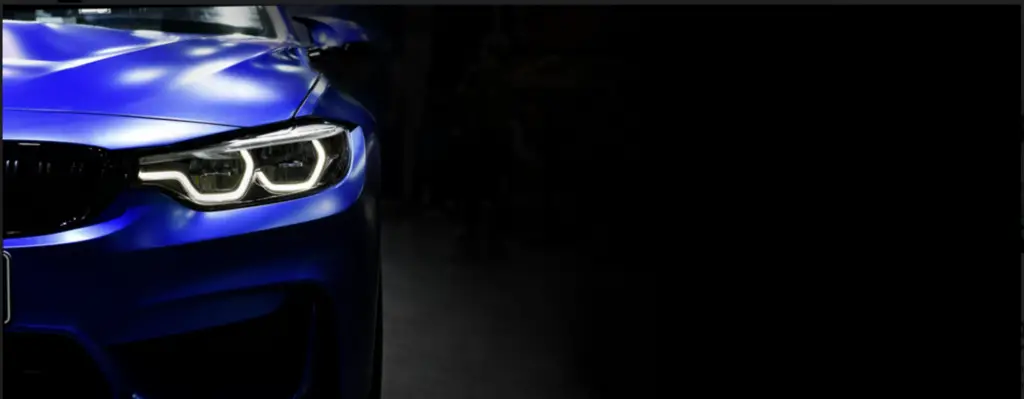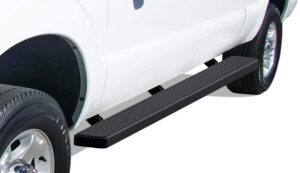Installing customized car lighting is one way of adding personality to one’s vehicle. In addition, it can illuminate the spaces usually unreachable by the default interior car lighting. Because of this, customization of car lighting has been prevalent among many car owners.
Suppose you’re planning to install custom car lighting. In that case, you may consider knowing what is allowed and not in setting up this car lighting. This way, you’d only install what the legal regulations permit for your safety and the utmost car lighting performance. For that purpose, here’s an article to guide you. So, read on!

Do’s
1. Install Top-Tier LED Lights
Custom LED lights are unwaveringly one of the best car lights. Besides their lighting efficiency, they’re also known for their energy efficiency. Their 3-7-watt lamps can match the brightness of 55-watt halogen lamps. In addition, they can remain functional for an average of 50,000 hours, making them economical.
In choosing your custom LED lights, check your vehicle user’s manual. Look for the “Replacement Bulbs” section to identify the models, sizes, and types appropriate for your car. This way, you’d know whether you can shop the light bar for car range. You may search for the kinds with dependable cooling features for more durability.
2. Consider The Power Supply
One thing that needs to be considered before installing car lights is the power supply. In most cases, it’s the battery. To make the most of the power source, one must select car lights with a minimum of 20% of the battery’s rated wattage. This way, the car owners will be sure that the power supply can generate enough energy for the automotive lighting.
3. Choose Appropriate Light Types
Car lights are often replaced for car bulb replacement, repairs, or brighter illumination. However, they must follow state regulations. For more ideas about the different car lighting types, read the following:
-
Daylight Running Lights
They typically turn on automatically after you ignite the engine. Their purpose is to make your vehicle visible to other drivers.
-
Low-Beam Headlights
They provide enough light during nighttime without much glare. You can turn them on during adverse weather days to improve visibility.
-
Full-Beam Headlights
These are the brighter and more dazzling versions of low-beam headlights. Apart from enhancing the driver’s visibility, these lights also signal other drivers of your location.
Also Read:
- Top 5 Best Fire Extinguisher for Car
- Top 5 Best Jump Starters for Cars
- 18 Best Car Gadgets and Accessories for Road Trips
-
Fog Lights
Usually located near the front bumper, fog lights are used during hazy weather when there is fog and snow.
-
Taillights
Taillights refer to the red lights on the back portion of the vehicle. They turn on automatically with the headlights. They signal the driver following a car of their location and distance.
-
Signal Lights
These car lights are typically placed in front and at the rear of the vehicle. They’re blinked whenever a car turns left or right. In many cases, additional signal lights are placed on the side mirrors and the car’s side.
-
Brake Lights
These lights automatically turn on when a car is stopping or slowing down.
-
Hazard Lights
Otherwise known as flashers, these lights signal that the car has broken down or a road obstruction is ahead.
-
Interior Lights
These are also known as courtesy or dome lights. They often illuminate people as they enter or exit the vehicle. Its average brightness allows the driver and passengers to fasten their seatbelts and do other activities that require lighting.
Don’ts

1. Don’t Install Colorful Lights
Most state laws prohibit the use of colorful lights except white and amber. These regulations also don’t allow using neon lights as they may also give various colors. If you’re considering installing bright interior lights, you must refer to your state’s regulations on this matter so you won’t be troubled with possible tickets or fines in the future.
2. Don’t Install Too Bright Lights
The brighter the lights are, the more dangerous they can be. Specifically, headlights should be limited to 20,000 to 75,000 candela per Federal Motor Vehicle Safety Standard No. 108. This brightness will be enough to illuminate the car’s track hundreds of feet away without endangering the drivers from the opposite traffic.
Traditionally, choosing lights depends on their wattage. However, since the emergence of lights that illuminate brightly even with low wattage, the car lighting’s maximum brightness is now measured manually. While different countries have various regulations about the car’s full brightness, the rule of thumb is that the lights should not be bright enough to blind the oncoming traffic.
3. Don’t Install Flashing Lights
While flashing lights are essential to first responders, such as ambulances, these types should not be installed in civilian vehicles. If they’re aimed at the wrong place, they can be hazardous, especially to the opposite traffic. They may also send signals that may stir confusion and trouble for people.
Wrapping Up
If you’re planning to install custom car lighting, you may go back to this article and revisit the dos and don’ts of car lighting. You may also reach out to seasoned drivers and auto DIYers to learn what’s best for your ride. Lastly, you can visit your local auto accessory store and choose what matches or bumps up your car.




![Top 5 Best OBD2 Scanner [2024 Guide] Top 5 Best OBD2 Scanner [2024 Guide]](https://www.mechanicalbooster.com/wp-content/uploads/2022/06/BlueDriver-Pro-OBD2-Bluetooth-Car-Diagnostic-Scan-Tool-300x209.jpg)




